Liberty XXII Renewable Energy Power Plant Project
Liberty Energy proposed to construct a new biomass power plant, located at the eastern terminus of Westward Avenue in the City of Banning, California. The generating facility includes three power generation units to produce 15 MW (17.5 MW gross) of electricity. Each unit utilizes a bubbling fluidized bed gasifier boiler to generate heat to produce high pressure steam. Condensing steam turbine generator units are driven by the high pressure steam to produce 5.8 MW at 4,160 volts. Each unit is equipped with powdered activated carbon injection units, dry or wet scrubbers, electrostatic precipitators or bag houses, non-selective and selective catalytic reduction, and ash silos. Aqueous ammonia injection is used to further reduce NOx emissions.
The units are fueled with a mixture of biosolids and biomass, the amounts of which vary depending on the fuel combination used. Fuel receiving and storage equipment is common to all generation units. Biosolids are delivered to a dedicated reception unit which immediately conveys the biosolids to storage in one of 15 silos. Biomass is stored on site on paved areas. Up to three biomass reclaim units are used to meter the fuel into the gasifiers. A diesel generator is used to allow the plant to “black start”. Electricity generated by the project would be delivered to the City of Banning’s electrical system by tying into a City of Banning 34kV subtransmission line located north of Westward Avenue.
Aspen provided scoping, noticing, and prepared a Draft EIR for the project. In addition to facilitating two public meetings for the Draft EIR, Aspen staff also participated in two Town Hall Meetings hosted by the City of Banning. The project was highly controversial among city residents and more than 200 attended these meetings. Liberty Energy withdrew their application for the project from the City shortly after these town hall meetings.

